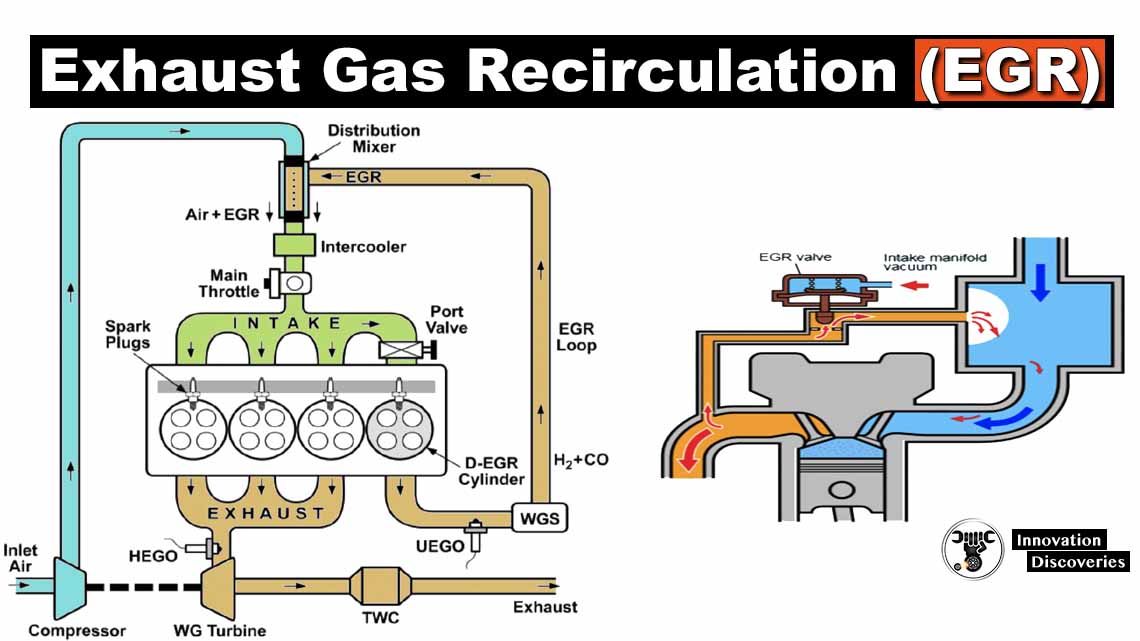
Introduction
In the realm of automotive engineering, maximizing both performance and efficiency is an ongoing pursuit.
One crucial component that aids in achieving this balance is the Exhaust Gas Recirculation (EGR) system. While often overlooked, the EGR system plays a pivotal role in reducing emissions and improving fuel economy.
In this guide, we’ll delve into the workings of the EGR system, its importance, common issues, and maintenance tips to keep your vehicle running smoothly.
Understanding Exhaust Gas Recirculation (EGR)
The EGR system works by diverting a portion of exhaust gases back into the engine’s cylinders during certain operating conditions.
This process is typically controlled by the engine control unit (ECU) based on factors such as engine load, speed, and temperature. By reintroducing exhaust gases, which contain inert gases like carbon dioxide (CO2) and water vapor, into the combustion chamber, the EGR system helps reduce the concentration of oxygen available for combustion.
As a result, the combustion temperature decreases, thereby reducing the formation of nitrogen oxides (NOx), which are harmful pollutants.
Design and Operation of EGR
EGR systems typically consist of several key components, including the EGR valve, EGR cooler, EGR passages, and associated sensors. The EGR valve, controlled by the ECU, regulates the flow of exhaust gases into the intake manifold.
During operation, the EGR valve opens or closes to allow a precise amount of exhaust gas to enter the intake system, based on engine operating conditions.
The EGR cooler is often integrated into the system to reduce the temperature of recirculated exhaust gases before they enter the intake manifold. By lowering the temperature of the exhaust gases, the EGR cooler helps prevent excessive heat buildup in the combustion chamber, which can lead to engine knock and increased emissions.
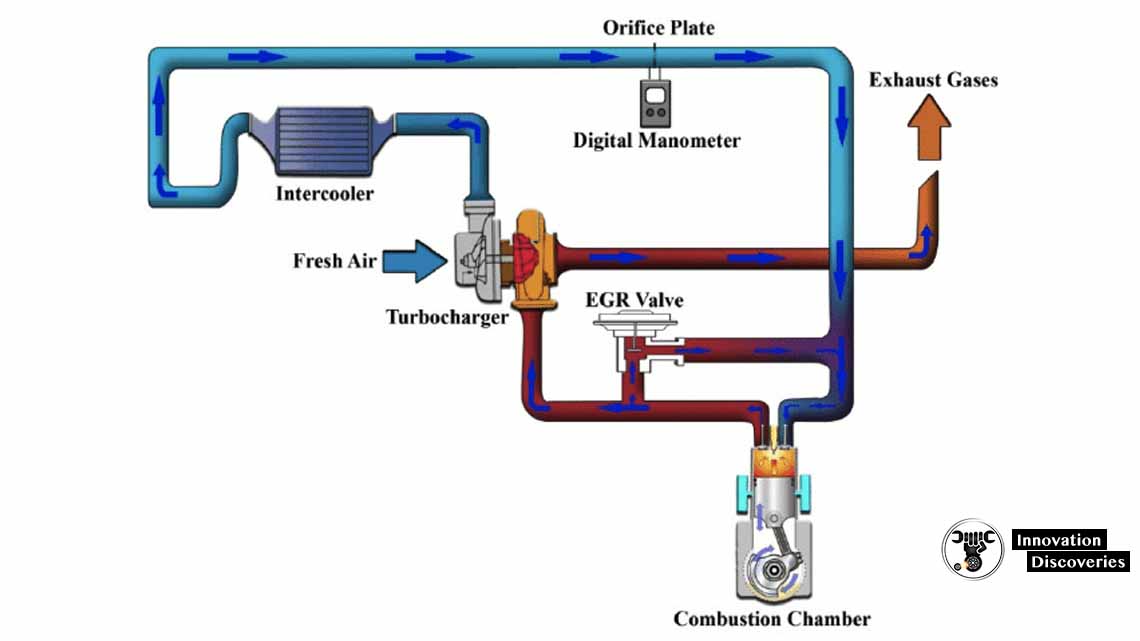
EGR passages are designed to route exhaust gases from the exhaust manifold to the intake manifold. These passages may include valves, ports, and channels to control the flow of exhaust gases and ensure proper distribution throughout the engine cylinders.
Various sensors, such as the EGR position sensor and exhaust gas temperature sensor, monitor the performance of the EGR system. These sensors provide feedback to the ECU, allowing it to adjust EGR flow rates and timing to optimize engine efficiency and emissions control.
Importance of EGR
1. Emissions Reduction:
NOx emissions contribute to air pollution and can have adverse effects on human health and the environment. EGR systems play a crucial role in mitigating these emissions, thus helping to improve air quality.
2. Fuel Efficiency:
By lowering peak combustion temperatures, EGR systems can enhance fuel efficiency by reducing the engine’s tendency to knock or detonate, especially under high load conditions.
3. Engine Longevity:
Excessive heat and pressure in the combustion chamber can accelerate wear and tear on engine components. By moderating combustion temperatures, EGR systems help preserve engine longevity and reliability.
Common EGR System Issues
1. Clogging:
Carbon deposits, a byproduct of incomplete combustion, can accumulate over time within the EGR system, obstructing flow and impeding its effectiveness. This can result in reduced engine performance, increased emissions, and potential drivability issues.
2. Malfunctioning EGR Valve:
The EGR valve controls the flow of exhaust gases into the intake manifold. If the valve becomes stuck open or closed, it can disrupt the proper operation of the EGR system, leading to performance issues and increased emissions.
3. Sensor Failures:
Various sensors, such as the EGR position sensor and exhaust gas temperature sensor, monitor the performance of the EGR system. Malfunctioning sensors can provide inaccurate feedback to the ECU, affecting the EGR system’s functionality and overall engine performance.
Maintenance Tips
1. Regular Inspection:
Periodically inspect the EGR system for signs of carbon buildup, leaks, or damage. Pay attention to components such as the EGR valve, passages, and hoses.
2. Clean or Replace EGR Valve:
If carbon deposits are present, clean the EGR valve and passages using a suitable solvent or cleaner. In severe cases, replacement may be necessary to restore proper function.
3. Check Vacuum Hoses:
Ensure vacuum hoses connected to the EGR system are intact and free from leaks or cracks, as vacuum leaks can disrupt EGR operation.
4. Use Quality Fuel:
Quality fuel with appropriate additives can help minimize carbon buildup within the EGR system, reducing the frequency of maintenance and repairs.
5. Follow Manufacturer Guidelines:
Adhere to the manufacturer’s recommended service intervals for comprehensive maintenance of the EGR system. This may include procedures such as EGR system cleaning, component inspection, and sensor calibration.
Conclusion
The Exhaust Gas Recirculation (EGR) system is a vital component in modern vehicles, contributing to emissions reduction, improved fuel efficiency, and engine longevity.
By understanding its function, recognizing common issues, and following proper maintenance practices, vehicle owners can ensure optimal performance and reliability of their EGR systems.
Remember, proactive maintenance is key to preserving both the environment and your vehicle’s overall health.
Read More:
- WORKING OF THERMOSTATS
- CAR THERMOSTAT FUNCTIONS, FAILURE SYMPTOMS, AND REPLACEMENT COST
- PISTON DAMAGE FROM OVERHEATING
- OXYGEN SENSORS /LAMBDA SENSOR/: PARTS, TYPES, WORKING PRINCIPLE AND LOCATION
- 4 Different Types Of Burning Smell From Car: Main Causes And Solutions
- Types of 6 Stroke Engines
- Using Exhaust Water To Make More Horsepower!
EXPLAINED DTC: P0446 EVAPORATIVE EMISSION CONTROL SYSTEM VENT CONTROL CIRCUIT MALFUNCTION
FUEL SYSTEM: COMPONENTS, WORKING PRINCIPLES, SYMPTOMS AND EMISSION CONTROLS
THIS OLYMPIC SWIMMER RUN IN THE EMISSIONS OF THIS FUEL CELL CAR | INNOVATION DISCOVERIES
Read More:
- SYMPTOMS OF AN EXHAUST LEAK
- EXHAUST GAS RECIRCULATION (EGR)
- HOW AN ENGINE COOLING SYSTEM WORKS
- WATER COOLING VS AIR COOLING
Visit Forum
Visit Our Friendly Website


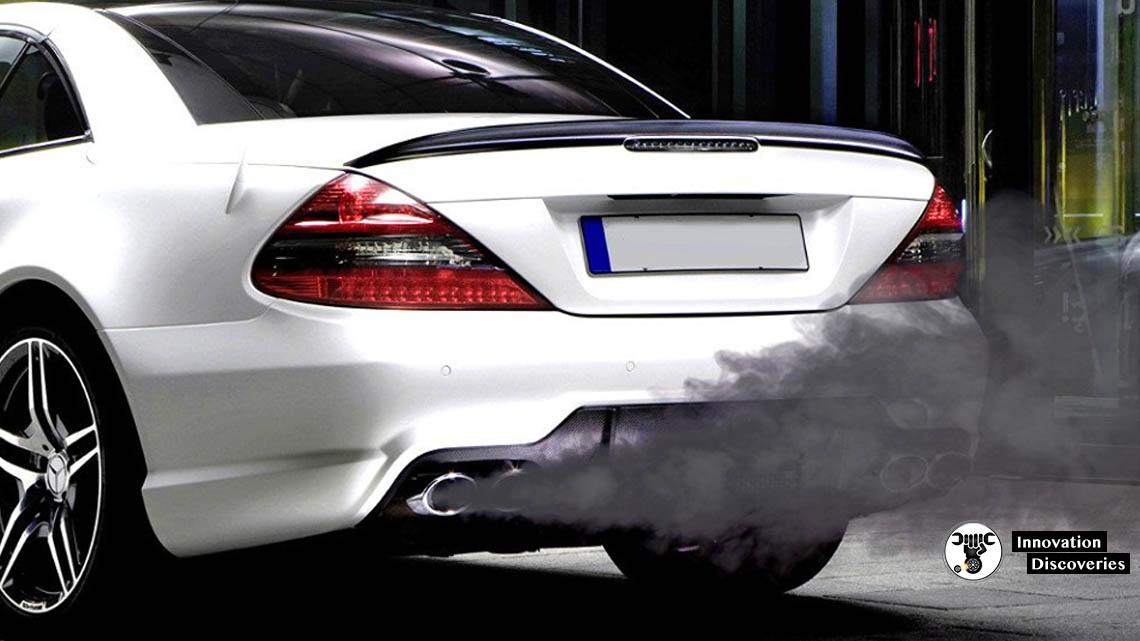
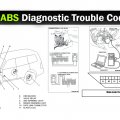
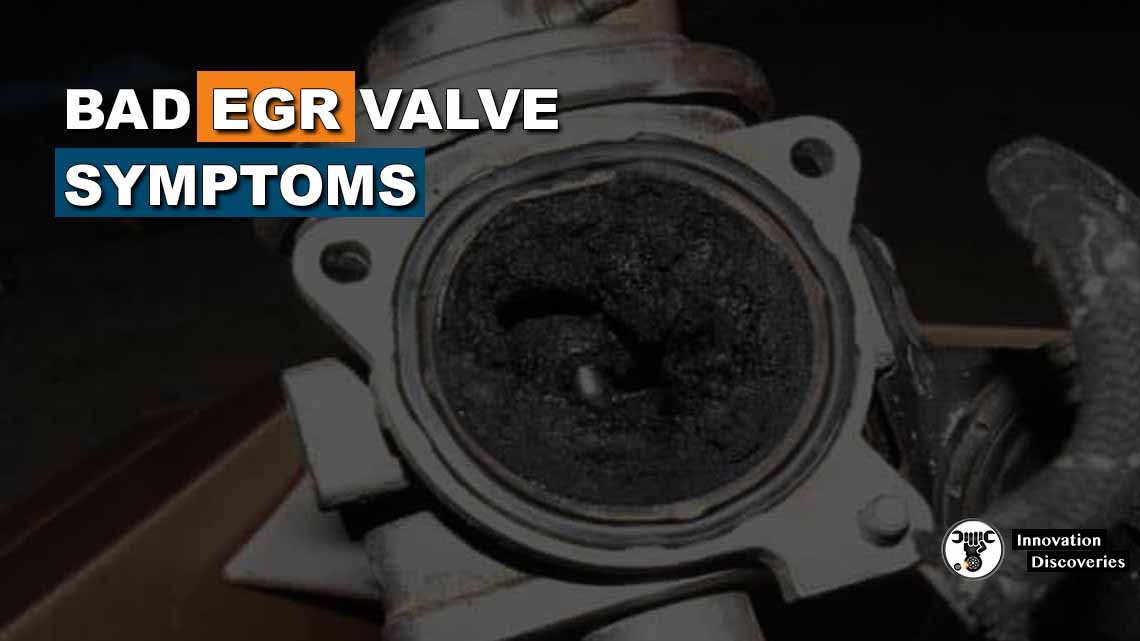

I want a training on this project